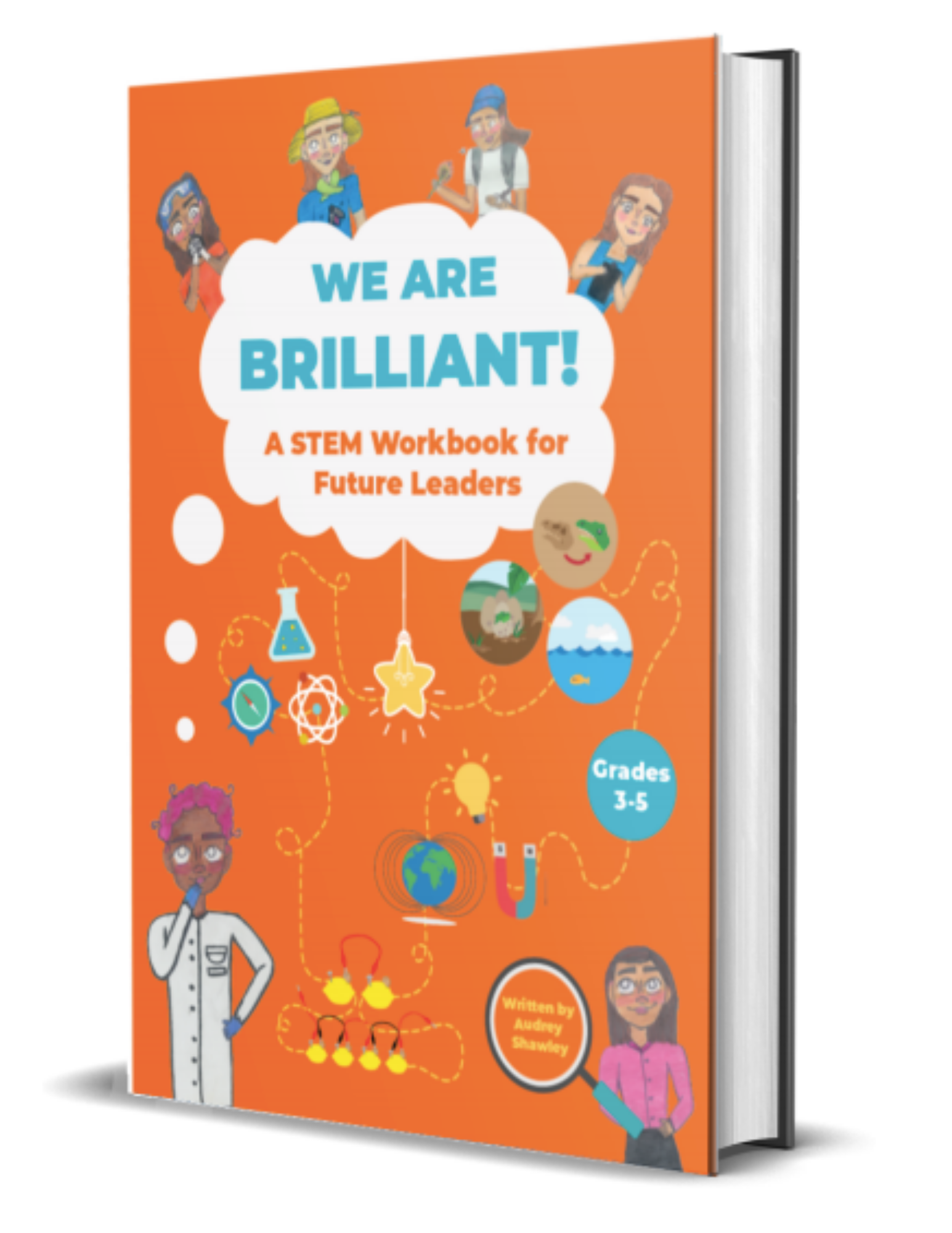Have you ever wondered about how molecules are made? What makes the atoms in a molecule stick together? How are different molecules created? This experiment shows students how atoms and chemical bonds create molecules, and how different combinations of atoms create unique molecules.
MATERIALS:
A cup of colored gumdrops or a bag of marshmallows
Toothpicks
A paper plate
TIME ESTIMATED:
15-20 minutes
DIRECTIONS:
Put 4 colors of gumdrops in your cup. Don’t eat the gumdrops!
Follow the table below for the elements and gumdrop color assigned.
Make each of these molecules below by following the table:
O2 (Oxygen), H2O (Water), CO2 (Carbon dioxide), NH3 (Ammonia), CH4 (Methane), and C2H6 (Ethane)
Use a paper plate to keep things together. Attach the gumdrops by poking the end of the toothpick into each gumdrop.
Clean-up after building the molecules.
Key for elements and gumdrops!
Think LIke a Scientist!
What makes up a molecule?
HOW DOES IT WORK?
Each gumdrop/marshmallow represents an atom. The toothpicks holding the atoms together represent the chemical bonds. Two or more atoms bonded together create a molecule, which is what we just made! Molecules can be made up of different types of atoms or numbers of chemical bonds. This is what makes each molecule unique! For example, oxygen is made up of two oxygen atoms, whereas adding one carbon atom to those two oxygen atoms makes carbon dioxide.
Further exploration:
In this experiment, you were able to identify certain structures and recognize what number of gumdrops makes up a certain molecule! After this experiment, you will be able to explain that atoms are connected by bonds that make up molecular structures and structures differ in the number (and types) of bonds that they have. In STEM, it is important to understand what your models represent so you can build better models in the future! Some concepts like atoms and molecules are hard to understand in real life, but we can make sense of them and their functions by looking at them on a more basic level with marshmallows or gumdrops, like you just did!
Anticipated Concerns
Students might eat the gumdrops or get splinters from toothpicks.
Looking for more fun at-home STEM activities for your young scientist? Check out our workbook full of exciting science experiments and empowering activities!
Learn more and purchase today!



